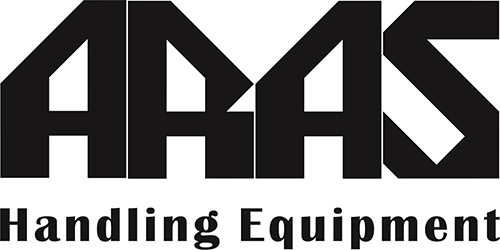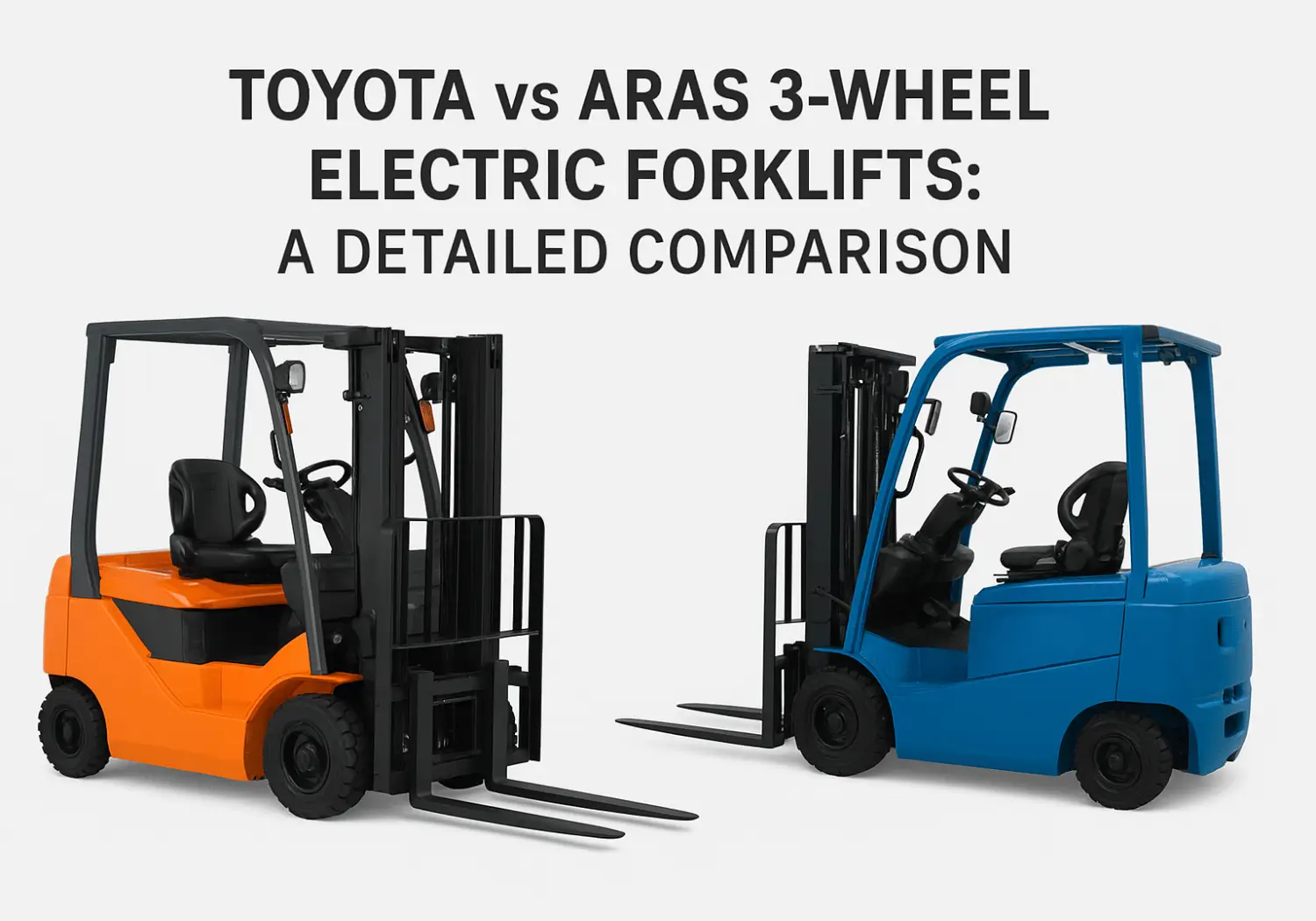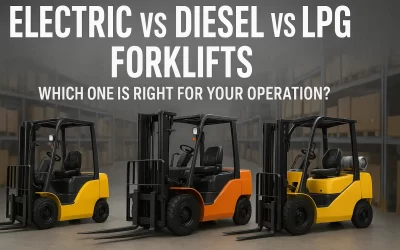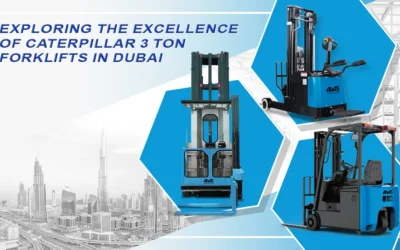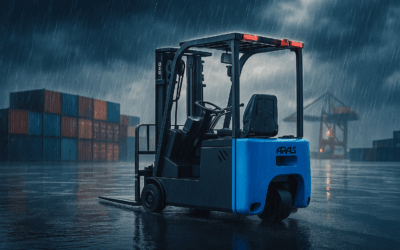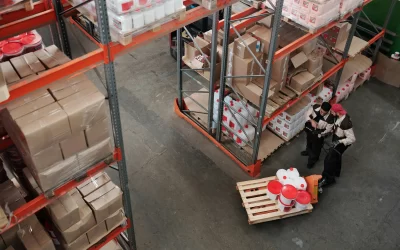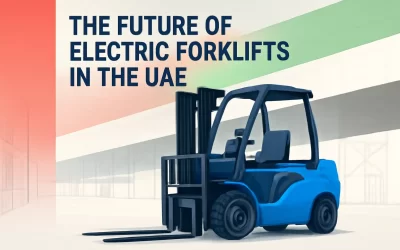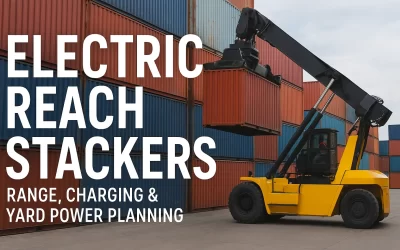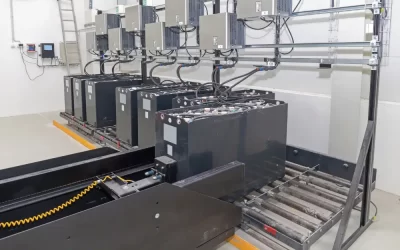Which is better Toyota Forklift or the Aras Forklift?
In modern warehouse and logistics environments, compact electric forklifts play a critical role in maximizing space and improving material-handling efficiency. Among these, three-wheel electric forklifts stand out for their maneuverability, narrow turning radius, and ability to operate effectively in confined aisles.
Two brands dominate this segment: Toyota’s 3-Wheel Electric Forklift (models 8FBE15U–8FBE20U) and ARAS’s AEF3-Series 3-Wheel Electric Forklifts. Both are engineered for productivity, safety, and operator comfort — but each has unique strengths depending on your operational needs.
This detailed comparison breaks down every major performance aspect — from load capacity to battery systems, maneuverability, ergonomics, safety features, and technology integration — helping businesses choose the best option for their workflow.
1. Load Capacity and Lifting Performance
Toyota’s 3-Wheel Electric Forklift covers a load range of 3,000 lb to 4,000 lb (≈1.36 – 1.81 t), making it suitable for light- to medium-duty warehouse operations. In comparison, the ARAS AEF3-Series offers three variants — 1.6 t (≈3,527 lb), 1.8 t (≈3,968 lb), and 2.0 t (≈4,409 lb) — slightly exceeding Toyota’s upper limit.
Lifting Speeds & Performance:
- Toyota Forklift: Up to 94 fpm (0.48 m/s) under load using its 48 V configuration.
- ARAS Forklift: Up to 0.32 m/s (≈63 fpm).
Toyota’s higher lifting rate and stronger gradeability (22 – 27% under full load) indicate stronger hill-climbing and acceleration under load. ARAS’s gradeability is 15% unladen, optimized for flat indoor use.
Both use AC drive and lift motors, ensuring smooth power delivery, regenerative braking, and efficient torque. Toyota markets its models as having “industry-leading run time, travel speeds, and lift/lowering speeds”, while ARAS highlights its top travel speed of 14 km/h (≈8.7 mph) and high responsiveness for fast warehouse throughput.
In short:
- Toyota Forklift = higher climb power & slightly faster lift/lower cycles.
- ARAS Forklift = higher capacity option & agile speed for compact facilities.
2. Battery System and Energy Management
Both brands offer 36V or 48V battery configurations, compatible with lead-acid or lithium-ion systems.
- Toyota Forklift: Uses heavy-duty lead-acid batteries rated up to ~880 Ah (6-hour rate) with an optional lithium-ion pack. The Li-ion variant maintains voltage stability under load and provides a real-time battery capacity indicator on its digital display.
- ARAS Forklift: Supplies both lead-acid and Li-ion batteries with fast-charging options, designed for long runtime and quick recharge cycles.
Toyota Forklift promotes its Li-ion solution as supporting “run time that outpaces the competition.” While ARAS doesn’t publish exact amp-hour ratings, it markets its battery as engineered for “long runtime and quick charging.”
Both systems can integrate on-board or external chargers based on site needs, and both are optimized for multi-shift warehouse use with minimal downtime.
3. Maneuverability and Dimensions
Three-wheel forklifts are known for their agility in tight spaces — and both Toyota and ARAS deliver.
- Toyota Forklift: Turning radius between 1.40 m and 1.60 m (≈55–63 in) depending on the model.
- ARAS Forklift: Defined turning radius of 1,550 mm (≈61 in).
Both feature a tri-turn rear-steer system for exceptional cornering in narrow aisles. Toyota’s design includes a “short model” option for even tighter environments, while ARAS emphasizes its “compact chassis ideal for narrow spaces.”
In practical use, maneuverability is nearly identical, with Toyota offering more model variations for specific aisle widths. Ground clearance is similar as well, with Toyota listing ~3.3 in of under-clearance for stable indoor operation.
4. Ergonomics and Operator Comfort
Operator comfort is key to sustained productivity — especially in long warehouse shifts.
Toyota’s ergonomic features include:
- Hydrostatic power steering and memory-tilt steering column.
- Full-suspension seat with adjustable armrests.
- Non-slip entry step and wide floor mat for safe entry/exit.
- Optional EZ Fingertip Controls® to reduce operator strain.
ARAS focuses on:
- An ergonomic, adjustable seat.
- Intuitive control levers and foot pedals.
- Optimized cabin layout for visibility and reduced fatigue.
Both designs prioritize accessibility with multi-directional entry and low-vibration operation. Toyota’s long heritage in operator-centric design — refined through decades of field feedback — makes its cab design particularly mature, while ARAS’s approach strikes a balance between comfort, affordability, and simplicity.
5. Safety Systems
Safety is one of the strongest differentiators in this comparison.
Toyota Forklift includes an advanced Toyota Assist™ safety suite, comprising:
- Active Mast Control (AMC) for load stability at height.
- Load-sensing swing speed control.
- Automatic parking brake and wet-disc brakes for durability.
- Reinforced overhead guard and auto-activated brake system.
- Optional SEnS / SEnS+ proximity sensors for collision avoidance.
ARAS AEF3 safety features include:
- Hydraulic braking and anti-roll-back on inclines.
- High-visibility mast and standard lighting package.
- Structural cabin safety optimized for operator protection.
While both provide the essentials for safe indoor operations, Toyota’s proprietary systems (AMC, SEnS, SEnS+) give it a clear technological advantage in automated safety and active stability control.

6. Technology and Connectivity
Toyota Forklift takes a strong lead in digital integration. Every Toyota Forklift 3-Wheel model includes:
- Multi-function digital display with on-board diagnostics.
- Built-in telematics (MyInsights®) that monitors usage, location, and impact events.
- Cornering speed control and optional camera systems for enhanced visibility.
This connectivity allows fleet managers to monitor performance and maintenance remotely through Toyota’s telematics portal.
ARAS, meanwhile, equips its forklifts with:
- Curtis controller-based diagnostics for real-time fault detection.
- AC drive technology and CAN bus communication for efficient data flow.
While ARAS doesn’t offer built-in telematics by default, it allows for integration with third-party systems. Both brands enable customization with add-ons like lights, alarms, and warning systems.
7. Serviceability and Maintenance
Both forklifts are engineered for uptime and low maintenance.
Toyota’s approach includes:
- Maintenance-free AC motors.
- Tool-free floorboard removal and large battery-hood openings.
- Built-in service timers and diagnostic alerts.
- Easy access to electronic modules and wiring harnesses.
ARAS focuses on:
- Easy component access and intelligent Curtis diagnostics.
- Simplified layout for quick technician access.
- Localized service support and stocked parts across the UAE and GCC.
Toyota’s global dealer network ensures fast service response and parts availability worldwide, while ARAS emphasizes localized, quick-turnaround support in its operating markets. Both systems prioritize ease of maintenance and fast troubleshooting.
8. Pricing and Availability
Both Toyota and ARAS provide dealer-quoted pricing based on configuration, lift height, and battery type.
- Toyota Forklift: Prices vary by options (Li-ion vs lead-acid, safety systems, attachments).
- ARAS Forklift: Promotes “competitive pricing” through direct sales and regional dealerships.
In general, pricing for either brand typically falls between the mid- to high-USD $20,000–$40,000 range, depending on specification and region.
Toyota Forklift are globally distributed with extensive dealer networks, while ARAS primarily serves the Middle East, particularly the UAE and GCC. For international operations, Toyota’s network coverage provides an edge, while for local businesses in Dubai or the GCC, ARAS’s regional focus and responsive after-sales support may offer better value.
9. Comparative Summary: Toyota Forklift Vs Aras Forklift
| Feature | Toyota Forklift 3-Wheel Electric | ARAS Forklift AEF3-Series |
| Load Capacity | 3,000–4,000 lb (1.36–1.81 t) | 1.6–2.0 t (3,527–4,409 lb) |
| Top Speed | 9.7–10.2 mph (15.6–16.4 km/h) | 14 km/h (≈8.7 mph) |
| Lift Speed | Up to 0.48 m/s (94 fpm) | Up to 0.32 m/s (63 fpm) |
| Gradeability (Full Load) | 22–27% | 15% (unladen) |
| Turning Radius | 1.40–1.60 m | 1.55 m |
| Battery | 36/48 V lead-acid or Li-ion | 36/48 V lead-acid or Li-ion |
| Safety Systems | AMC, SEnS/SEnS+, wet-disc brakes | Anti-rollback, hydraulic brakes |
| Diagnostics/Tech | MyInsights® telematics, on-board display | Curtis controller diagnostics |
| Serviceability | Global dealer network, AC motors | Local GCC service support |
| Ergonomics | Hydrostatic steering, suspension seat | Ergonomic seat, optimized layout |
10. Key Takeaways for Buyers
- Performance: Toyota’s slightly higher lift and travel speeds suit multi-shift, high-intensity operations. ARAS provides a higher top load capacity with strong value performance for lighter warehouse applications.
- Energy Efficiency: Both brands use efficient AC motors and Li-ion options; Toyota’s battery tech offers a proven record of extended runtime.
- Safety: Toyota’s proprietary stability and sensor systems lead this category, while ARAS provides solid baseline safety features.
- Technology: Toyota’s factory-integrated telematics make it ideal for fleet management; ARAS focuses on mechanical reliability with optional connectivity.
- Service & Support: Toyota’s global reach ensures easy parts and service anywhere; ARAS’s advantage lies in local service availability within the Middle East.
Ultimately, both forklifts deliver exceptional performance in narrow-aisle, high-efficiency warehouse environments. Toyota Forklift appeals to operators seeking cutting-edge safety, data visibility, and uptime, while ARAS appeals to cost-sensitive buyers looking for reliable, ergonomic, and regionally supported equipment.
Conclusion
Choosing between Toyota Forklift and ARAS 3-Wheel Electric Forklifts depends on your specific operational priorities.
If your warehouse demands maximum uptime, advanced safety, and integrated telematics, Toyota’s 3-Wheel Electric Forklift provides proven reliability backed by a global support network.
If your facility prioritizes compact design, local service responsiveness, and cost-efficiency, the ARAS AEF3-Series is a strong contender — especially for operations across the UAE and GCC.
Both brands exemplify the modern evolution of electric material-handling equipment: energy-efficient, operator-friendly, and precision-engineered for the next generation of warehouse logistics.
